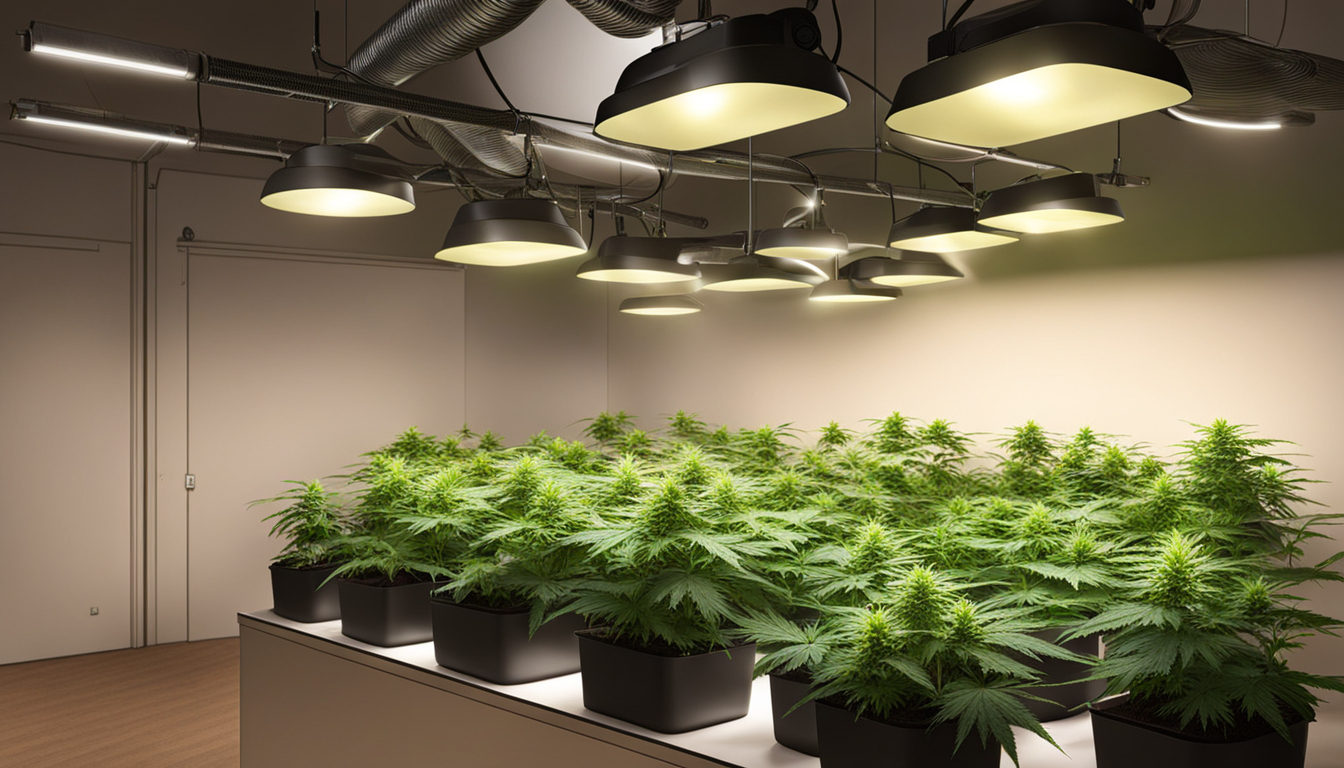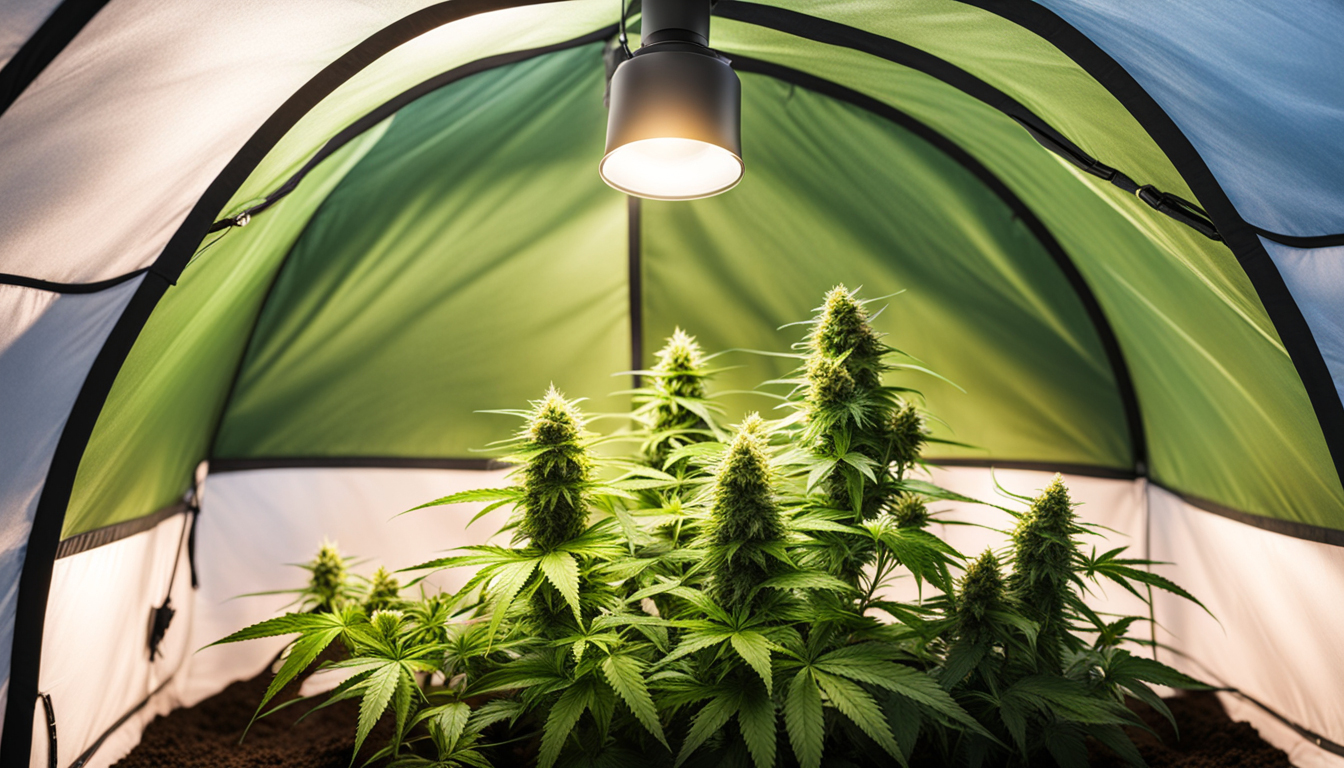
Whether you're beginning cannabis cultivation or looking to improve your existing crop, following this complete guide will help you produce bountiful, high-quality yields right at home. With the right equipment, techniques, and care, cultivating marijuana indoors can be an extremely productive and cost-effective endeavor.
Choosing Cannabis Strains
The first step in planning your indoor crop is selecting the right marijuana cultivars to produce. The three main types of cannabis plants each have their own characteristics.
Sativas
Known for their invigorating cerebral effects, sativas grow tall and slender with narrow leaves. They thrive in hotter equatorial climates and have a longer flowering time between 2.5-3 months indoors. Top energizing varieties include Jack Herer, Durban Poison, Super Lemon Haze, and Jack Herer.
Relaxing strains
These strains provide calming full-body effects and grow short and bushy with broad leaves. Adapted to cooler mountain climates, they bloom faster within 8-9 weeks. Popular indica varieties include Northern Lights, Bubba Kush, and Bubba Kush.
Mixed strains
Mixed varieties mix traits from both energizing strains and relaxing strains. They offer blended effects and have medium blooming times around 2.25-2.5 months. Popular mixes are Blue Dream, OG Kush, and Blue Dream.

Setting Up Your Cultivation Space
Weed plants need the right controlled environment to flourish. Key factors for indoor grows are lights, airflow, layout, and finding the ideal discreet spot.
Location
Choose an unused space with easy access to irrigation and power outlets. An empty extra bedroom, unused closet, basement corner, or grow tent securely placed in a garage all make great discreet cultivation room spots.
Lighting
Cannabis requires powerful light for all vegetative stages. LED grow lights are energy-efficient and come in full spectrum options replicating natural sunlight. Provide 250-400 watts per square foot for the growth stage and 400-600 watts per square foot for flowering.
Airflow
Proper airflow and exhaust systems maintain ideal temp, humidity, and fresh CO2 levels. Set up silent 4-6 inch blowers or scrubbers to refresh stale air and reduce odors.
Layout
Maximize your space by positioning plants strategically under the lights and allowing room to access and work around them. Set up distinct zones for vegetation, bloom, curing, and cloning.

Cultivation Mediums
Marijuana can be grown in various mediums, each with benefits and cons. Pick a proper option for your particular setup and growing style.
Soil
The traditional medium, soil is cheap and simple for beginners. It provides excellent flavor but needs more irrigation and fertilizing to feed plants. Amend soil with vermiculite or coir to improve aeration.
Coco Coir
Made from coir, reusable coconut fiber retains water but still lets in air to the roots. It's cleaner and more consistent than soil. Use coir-specific nutrients to prevent calcium buildup.
Water systems
In water systems, plant roots grow right in nutrient water solution. This enables rapid development but needs careful monitoring of solution properties. Deep water culture and irrigation systems are common methods.
Germinating Seeds
Sprouting prepares your weed seeds to start growing taproots. This readies them for transplanting into their growing medium.
Towel Method
Put seeds between damp paper towels and maintain them moist. Check after a week for growing taproots indicating sprouting is complete.
Planting directly
Insert seeds right into pre-moistened growing medium 6mm deep. Gently water and wait 7-14 days until sprouts push through the surface.
Cubic rockwool
Soak rockwool cubes in balanced water. Place seeds 6mm deep into the cubes. Keep cubes moist until seedlings appear within a week to 2 weeks.
Repotting Seedlings
Once sprouted, marijuana young plants need to be repotted to avoid crowding. Move them into proper Learn More sized containers.
Preparing Containers
Fill large containers with growing medium amended with slow-release fertilizer. Let pots to soak up water overnight before transplanting.
Carefully Transplanting
Carefully loosen young roots from sprouting medium using a spoon. Place into prepared container at equal depth as before and lightly water in.
Vegetative Stage
The vegetative stage promotes foliage and plant form through 3/4 to full day of continual lighting exposure. This stage usually lasts 4-8 weeks.
Providing 18-24 Hours of Light
Use grow lights on a 24 daily schedule or outdoor light to initiate nonstop growth. Light intensity influences size and internodal spacing.
Fertilizing
Use grow stage fertilizers richer in N. Make sure pH remains around 5.8-6.3 Subscribe Now for full fertilizer absorption. Feed 1⁄4 to 1⁄2 strength after 2 weeks and increase gradually.
Training Techniques
Topping, low stress training, and scrogging manipulate growth patterns for even canopies. This increases yields.

Bloom Stage
The blooming stage develops buds as plants reveal their sex under a 12 hour cycle schedule. It lasts 8-12 weeks based on variety.
Switching to 12/12
Switch grow lights to 12 hours on, 12 hours off or move outside for outdoor 12/12 timing. This signals plants to begin blooming.
Stop Fertilizing
Flushing removes fertilizer residuals to enhance taste. Fertilize lightly the first period then just use pH'd water the last 2 weeks.
Flushing
Continue 12/12 light timing but leach using neutral pH water only. Resume plain watering if buds aren't yet ripe after two weeks.
Harvesting
Knowing when pot is completely mature ensures maximum potency and aroma. Harvest plants at peak ripeness.
Identifying Ripeness
Look for fading pistils, swelling calyxes, Watch Now and 5-15% amber trichomes. Check buds around the plant as they don't all ripen evenly.
Harvesting plants
Use sterilized, razor-sharp trimming scissors to carefully slice each plant at the base. Keep several inches of stalk attached.
Curing
Hang intact plants or branches upside down in a lightless room with average temperature and RH around 50-60% for 1-2 weeks.
Aging
Curing continues desiccating while aging the buds like fine wine. This technique smooths bitterness and intensifies cannabinoid contents.
Jars and Humidity
Trim cured buds from branches and place into sealed containers, filling about 3⁄4 full. Use a sensor to measure container moisture.
Burping Daily
Unseal jars for a short time daily to gradually reduce humidity. Rehydrate buds if humidity goes under 55%.
Final Cure
After 14-21 days when humidity stabilizes around 55-60%, perform a last trim and keep long-term in sealed jars.
Troubleshooting
Even seasoned growers run into different cannabis plant problems. Detect issues soon and address them correctly to maintain a strong garden.
Nutrient Deficiencies
Chlorosis often indicate inadequate nitrogen. Purpling stems and leaves signal phosphorus deficiency. Test pH and increase nutrients slowly.
Pests
Thrips, aphids, fungus gnats, thrips, and nematodes are common pot pests. Use neem oil sprays, predator bugs, and sticky traps for organic control.
Mold
Excessive humidity promotes powdery mildew and root rot. Increase airflow and venting while lowering RH under 50% during flowering.

Conclusion
With this complete indoor marijuana growing guide, you now have the knowledge to grow bountiful strong buds for private harvests. Follow these techniques and methods during the seed starting, vegetative, and bloom stages. Spend in good equipment and carefully check on your plants. In time, you'll be rewarded with frosty aromatic buds you raised yourself under the patient guidance of your green hands. Happy growing